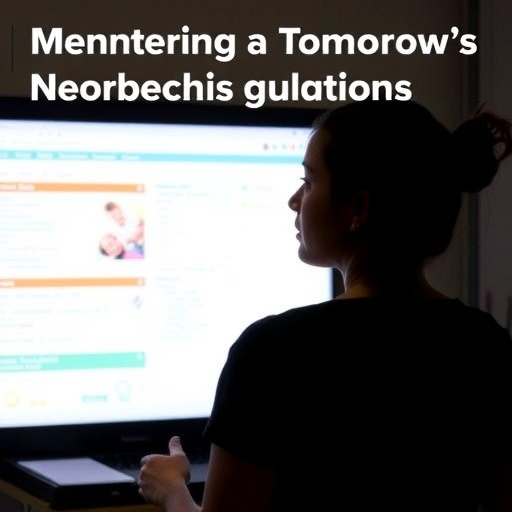The environment could be as important a battle ground as the clinic in the global fight against the spread of antibiotic resistance, new research has shown.
A study conducted at the University of Exeter Medical School concluded that when bacteria are exposed to very low concentrations of antibiotics, numbers of antibiotic resistant bacteria increase just as much as at high clinical concentrations.
Antimicrobial resistance (AMR) is recognised by the World Health Organization (WHO) as one of today's greatest global health challenges. The organisation has warned that we may be entering an era in which antibiotics are no longer effective to cure simple, and previously treatable, bacterial infections. This would mean that currently treatable infections such as pneumonia, tuberculosis, and blood poisoning could become fatal. It would also mean that it would no longer be possible to use antibiotics to prevent infection in routine medical procedures, such as joint replacements and chemotherapy.
Last year, a WHO report acknowledged the role of the environment in spreading resistance. Now, this new research, published in the journal mBio indicates the environment should be considered on an equal footing with antibiotic exposure in humans and animals, where prevention efforts have been most concentrated so far.
The research was co-funded by the Biotechnology and Biological Sciences Research Council (BBSRC) and AstraZeneca. It examined the evolution of microbes taken from sewage waste water, when exposed to the antibiotic cefotaxime, which WHO has listed as an "essential medicine". Sewage contains many types of bacteria, including those resistant to antibiotics, and antibiotics from different sources, such as toilet waste from people taking antibiotics and from the incorrect disposal of antibiotic medicines.
These findings are important because they show that previously overlooked environments, such as the waste water system and environments where waste water run-off is present, such as rivers, streams and the sea, may be a breeding ground for resistant bacteria. Bacteria that are resistant to antibiotics in natural environments can then be transmitted to humans, for example through close contact with animals, via the food we eat, or during outdoor recreational activities.
The research also raises concerns about how antibiotics evolve resistance in the human body. During treatment, antibiotics diffuse through tissues, and are present in low concentrations in different areas including the gut. The research shows further investigation into how bacteria could be evolving resistance in these areas is required.
Dr Aimee Murray, of the University of Exeter Medical School, who led the research, said: "Already, some commonly prescribed antibiotics are starting to prove ineffective for some infections. Our research casts new light on how this problem may be spreading, and provides new evidence for the steps we may need to take in targeting the environment to try and stop this global problem. We now need more research to ascertain whether microbes evolve resistance to antibiotics when exposed to low levels in other settings than waste water, such as in different areas of the body."
Associate Professor William Gaze, of the University of Exeter Medical School, who leads the University of Exeter Medical School research programme on the environmental dimension of antibiotic resistance, said: "Our research shows just how important it is to take action to limit antibiotics entering the environment. So far a lot of research effort to tackle this problem has been around hospitals and reducing clinical prescribing, but we now know that the environment is likely to play a part in how resistance to antibiotics can evolve and spread. We all need to think more holistically about environmental management of waste, including how we treat our waste water."
Professor Jason Snape, AstraZeneca Global Safety, Health and Environment said: "This research is part of AstraZeneca's ongoing commitment to understand the key factors that drive antimicrobial resistance such that society continues to have access to effective antibiotics. AstraZeneca signed both the Davos Declaration on AMR, and the Industry AMR Roadmap presented to the United Nations, and this research is helping us to identify effective protection strategies to manage the environmental dimension of AMR."
###
The full paper, Novel Insights into Selection for Antibiotic Resistance in Complex Microbial Communities, is published in mBio. Authors are Aimee K. Murray, Lihong Zhang, Xiaole Yin, Tong Zhang, Angus Buckling, Jason Snape, William H. Gaze.
Media Contact
Duncan Sandes
[email protected]
01-392-722-391
@uniofexeter
http://www.exeter.ac.uk




